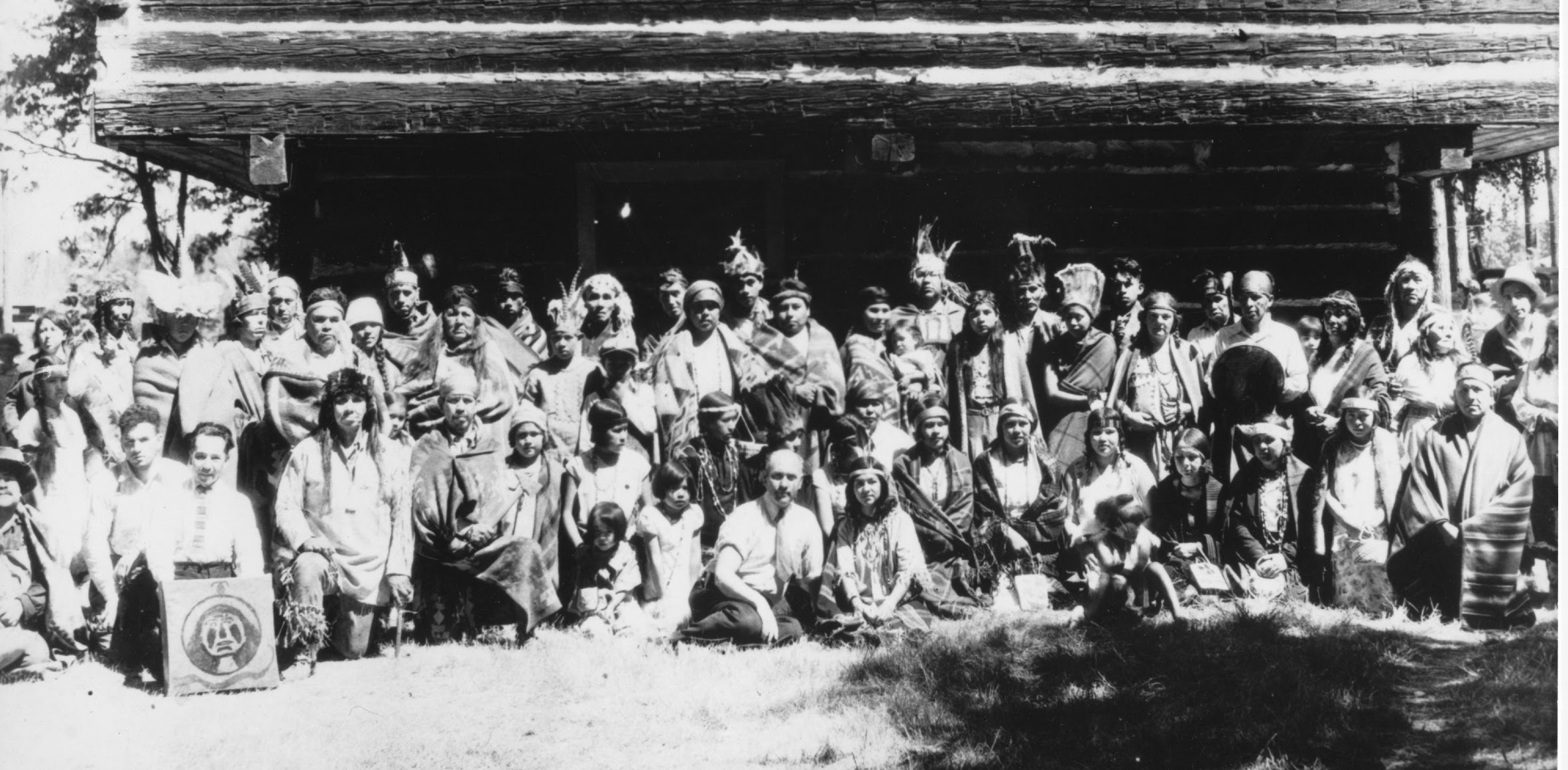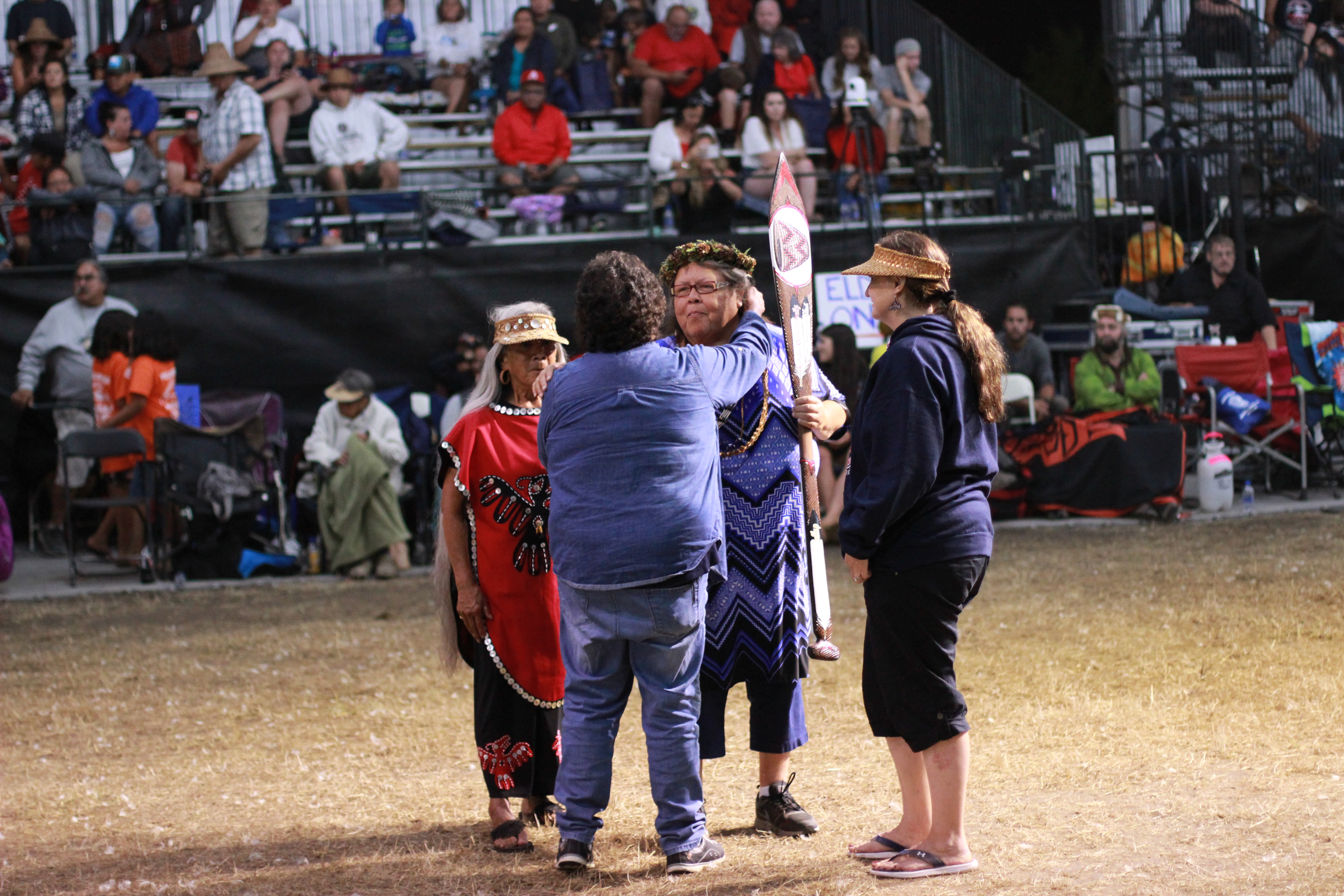
Okay, here is a 1,200-word journalistic article about the Chehalis Tribe, incorporating interesting facts and quotes.
From River to Resurgence: The Enduring Spirit of the Chehalis Tribe
OAKVILLE, Washington – The Chehalis River, a serpentine vein of life, carves its path through the verdant landscape of Southwest Washington, just as it has for millennia. For the Confederated Tribes of the Chehalis Reservation, this river is more than a geographical feature; it is the ancestral lifeblood, a silent witness to their enduring history, their profound resilience, and their remarkable journey from historical marginalization to modern-day economic and cultural resurgence.

The story of the Chehalis Tribe is one deeply rooted in the land, defined by the ebb and flow of salmon runs, the rustle of ancient forests, and the powerful sense of community that has sustained them through centuries of change. Today, the tribe stands as a beacon of self-determination, skillfully weaving their rich cultural heritage with innovative economic development, all while fiercely protecting the natural resources that have always defined them.
A History Forged in Water and Resilience
Before the arrival of European settlers, the Chehalis people thrived along the Chehalis River and its tributaries, their territory stretching from the Puget Sound watershed to the Pacific Ocean. They were master fishermen, hunters, and gatherers, their lives intricately connected to the rhythm of the seasons and the bounty of the land. Their sophisticated culture included elaborate social structures, rich oral traditions, and a deep spiritual connection to their environment. The name "Chehalis" itself is derived from the Upper Chehalis word ts˙x̣íləs, meaning "sand," referring to a village site on the lower Chehalis River.
The mid-19th century brought seismic shifts. American settlers poured into the region, leading to conflicts and the imposition of treaties. In 1856, Chehalis leaders, along with others, signed the Treaty of Olympia. However, a critical twist of fate for the Chehalis was that this treaty was never ratified by the U.S. Senate. This unratified status meant the Chehalis never formally ceded their vast ancestral lands, yet it also left them without the federal protections and resources afforded to tribes with ratified treaties. This legal limbo forced the Chehalis to navigate a precarious existence.
"Our ancestors signed a paper, believing in good faith that it would protect our people and our way of life," explains a tribal elder, her voice carrying the weight of history. "But Washington D.C. never held up their end. For generations, we lived in uncertainty, but we never gave up our identity, our connection to this land."
Despite the lack of a formal treaty, the Chehalis eventually established a reservation in 1864 by executive order, a fraction of their original territory. The subsequent decades were marked by forced assimilation policies, including the Dawes Act (Allotment Act) of 1887, which broke up communal tribal lands into individual plots, further eroding their land base and cultural practices. Poverty and despair were common, yet the Chehalis spirit remained unbroken. They continued to practice their ceremonies in secret, pass down their language and stories, and maintain their unique identity against immense pressure.
The Economic Renaissance: Lucky Eagle and Beyond
The turning point for the Chehalis Tribe, much like many Indigenous nations across the U.S., came with the advent of tribal gaming. In 1993, the Confederated Tribes of the Chehalis Reservation opened the Lucky Eagle Casino & Hotel. What started as a modest venture quickly grew into a major economic engine, transforming the tribe’s fortunes and setting the stage for unprecedented self-sufficiency.
"Lucky Eagle wasn’t just about gambling; it was about taking control of our destiny," states a current tribal council member. "It provided the revenue to build a future for our children, to care for our elders, and to protect our environment, things that were impossible just a few decades ago."
The success of Lucky Eagle allowed the tribe to diversify its economic portfolio significantly. They are now involved in a wide array of enterprises, including:
- Hospitality: Beyond the casino, they have a minority ownership stake in the Great Wolf Lodge water park in Grand Mound, a testament to their strategic investments.
- Retail: Operating convenience stores and gas stations.
- Construction: Their own construction company undertakes projects both on and off the reservation.
- Cannabis: A burgeoning cannabis dispensary, drawing on the evolving legal landscape in Washington State.
- Timber and Agriculture: Managing their forest lands sustainably and exploring agricultural ventures.
- Property Management: Developing and managing various commercial and residential properties.
This robust economic base has created hundreds of jobs, not just for tribal members but for the surrounding non-Native communities as well, making the Chehalis Tribe a significant economic player in Southwest Washington. The revenue generated is meticulously reinvested into the community, funding essential services that were once desperately lacking.
Cultivating Culture and Community Well-being
With economic stability came the capacity to robustly fund cultural preservation and community development. The Chehalis Tribe is deeply committed to revitalizing its language, Upper and Lower Chehalis (both Salishan languages), which faced extinction due to historical suppression. Programs include language classes for all ages, the creation of teaching materials, and efforts to record and preserve oral histories.
"Our language is the heartbeat of our people, the vessel for our stories and our worldview," says a cultural specialist. "Bringing it back is not just about words; it’s about reclaiming our identity and strengthening who we are."
Beyond language, the tribe actively promotes traditional arts like basket weaving, carving, and regalia making. Ceremonies, potlatches, and salmon return celebrations are vital events, connecting the younger generations to ancient practices and fostering a strong sense of belonging. The tribal museum and cultural center serve as vibrant hubs for education and celebration, sharing the Chehalis story with both tribal members and the wider public.
The tribe’s commitment extends to comprehensive social services:
- Healthcare: A modern health clinic provides medical, dental, and behavioral health services.
- Education: From early learning centers to K-12 support and college scholarships, the tribe invests heavily in the academic success of its youth.
- Housing: Programs address housing needs for members across the income spectrum.
- Elder Care: Comprehensive services ensure that elders, revered as knowledge keepers, live with dignity and support.
- Youth Programs: After-school activities, sports, and mentorship programs engage and empower the next generation.
These services represent a holistic approach to well-being, designed to heal historical trauma, address contemporary challenges, and build a thriving community.
Guardians of the River: Environmental Stewardship
The Chehalis River remains central to the tribe’s identity and future. With the river’s health inextricably linked to their own, the Confederated Tribes of the Chehalis Reservation are at the forefront of environmental stewardship and salmon recovery efforts. The Chehalis River Basin is home to five species of Pacific salmon and steelhead, all of which are vital to the ecosystem and tribal culture.
The tribe’s natural resources department actively engages in habitat restoration, water quality monitoring, and fisheries management. They collaborate with state and federal agencies, as well as local landowners, on projects designed to improve fish passage, restore riparian zones, and address the impacts of climate change, such as rising water temperatures and altered flow regimes.
A particularly pressing issue is the Chehalis River Basin Flood Control Zone District’s proposed flood retention facility. The tribe has been a critical voice in discussions, advocating for solutions that prioritize natural resource protection and avoid detrimental impacts on salmon and other aquatic species, emphasizing nature-based solutions over purely engineering-driven approaches.
"The river is our lifeblood; we are its protectors," asserts a tribal natural resources manager. "Our ancestors taught us that we are stewards of this land, not its owners. We have a responsibility to ensure that the salmon return for our children’s children, just as they have for countless generations before us."
Sovereignty and a Vision for the Future
The journey of the Chehalis Tribe is a powerful testament to the enduring strength of Indigenous sovereignty. Despite the unratified treaty, they have continuously asserted their rights as a self-governing nation, building robust governmental structures and engaging in government-to-government relationships with the State of Washington and the federal government. They are a voice for their people, actively participating in regional planning, resource management, and policy-making.
Looking forward, the Confederated Tribes of the Chehalis Reservation are focused on sustainable growth, intergenerational knowledge transfer, and continuing to be a vibrant, self-sufficient community. Challenges remain, from adapting to a changing climate to combating the lingering effects of historical injustices, but the spirit of the Chehalis people, forged by the river and sustained by their culture, is unwavering.
From the ancient fishing villages along the Chehalis River to the modern enterprises that fuel their prosperity, the Chehalis Tribe stands as a living testament to resilience, innovation, and an unwavering commitment to their heritage. Their story is a powerful reminder that while the currents of history can be turbulent, the deepest roots endure, allowing a people to not just survive, but to truly thrive.


